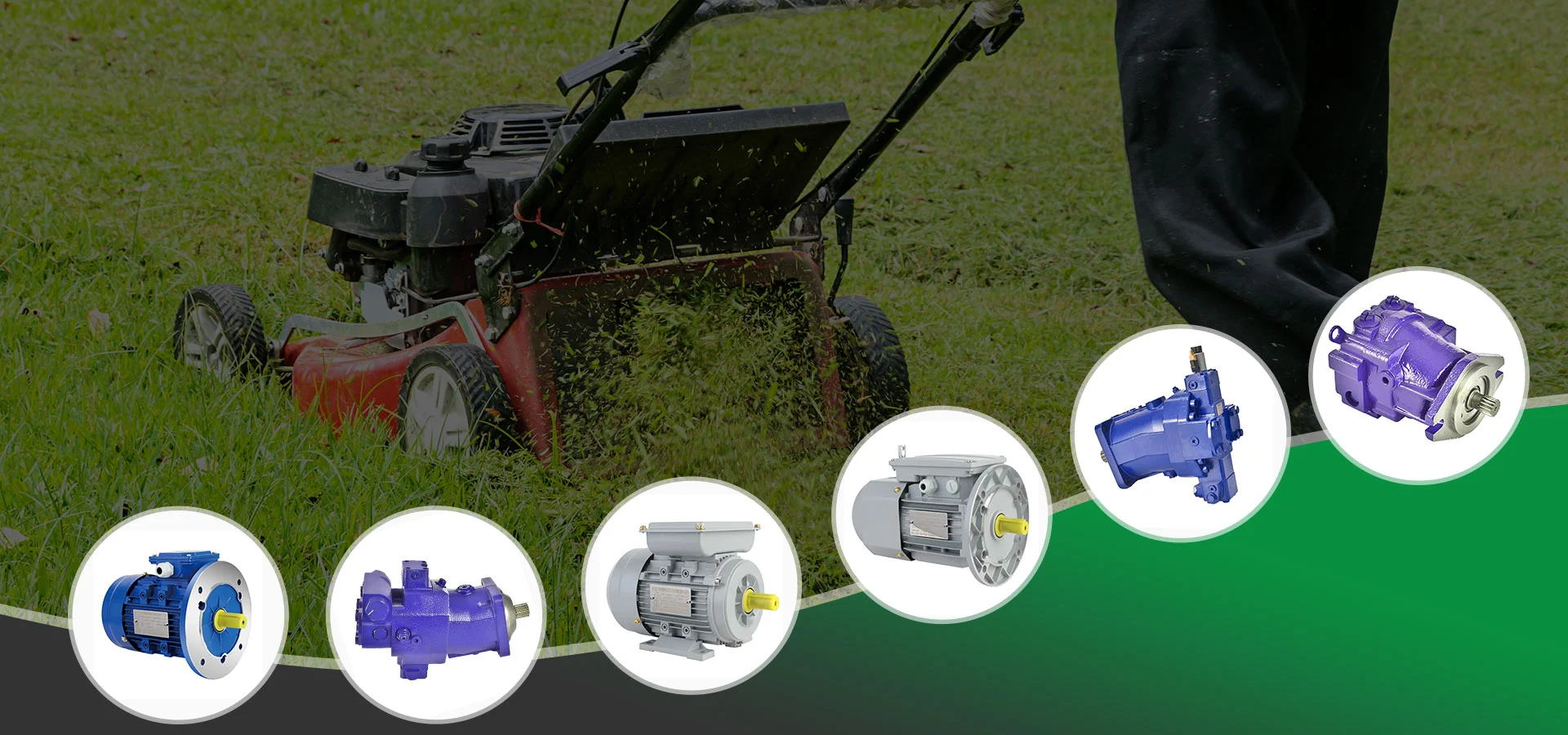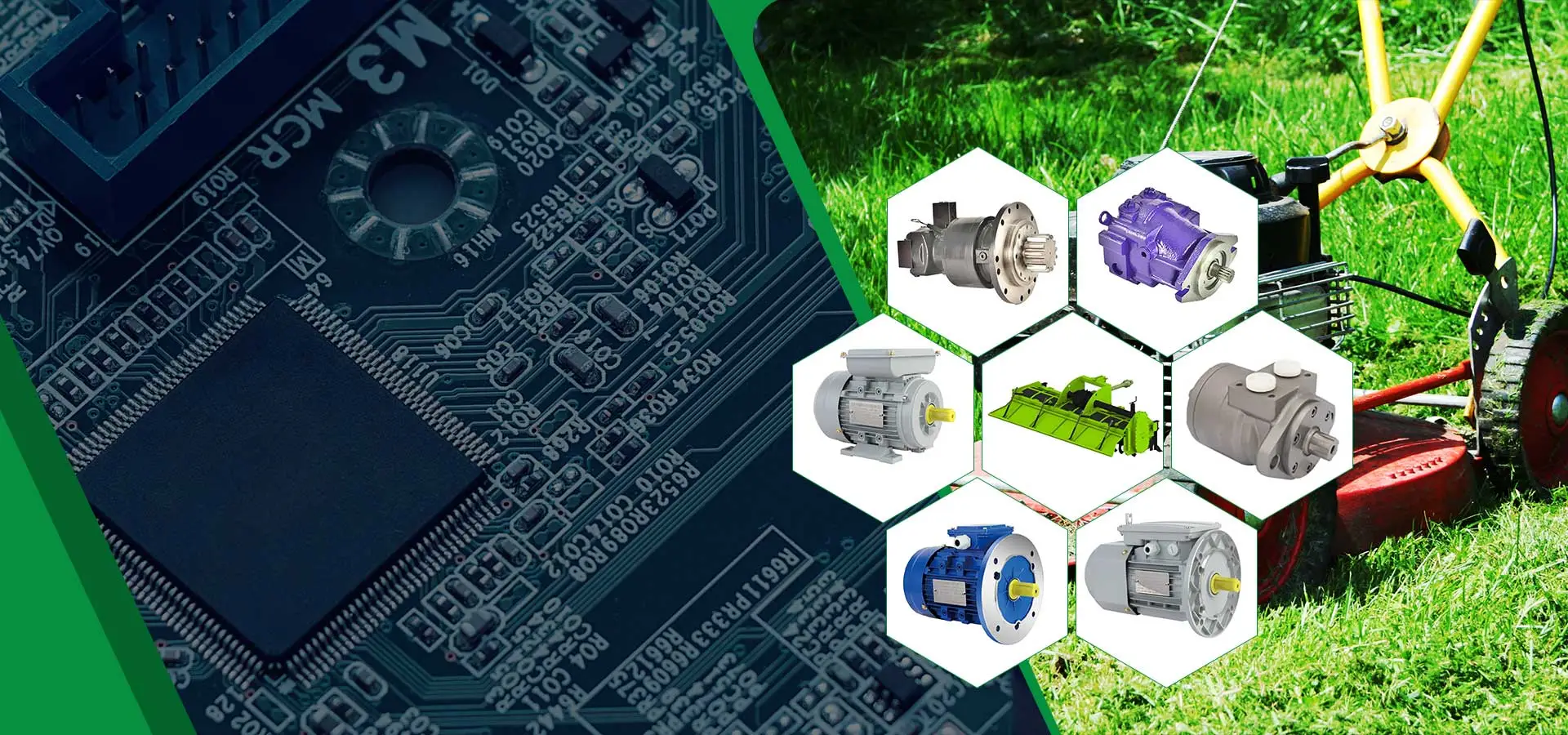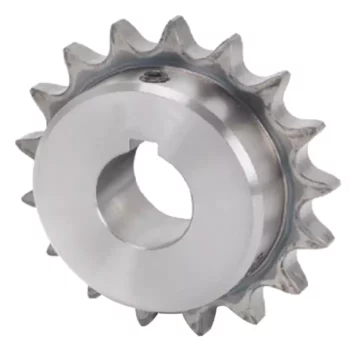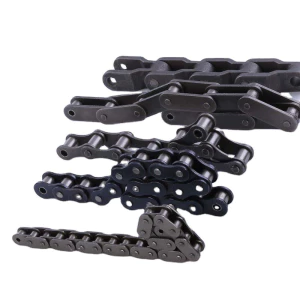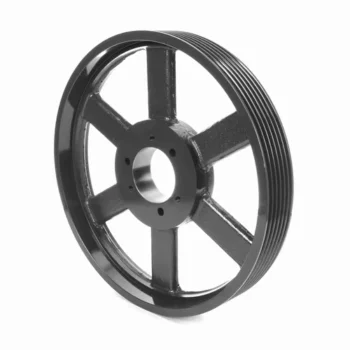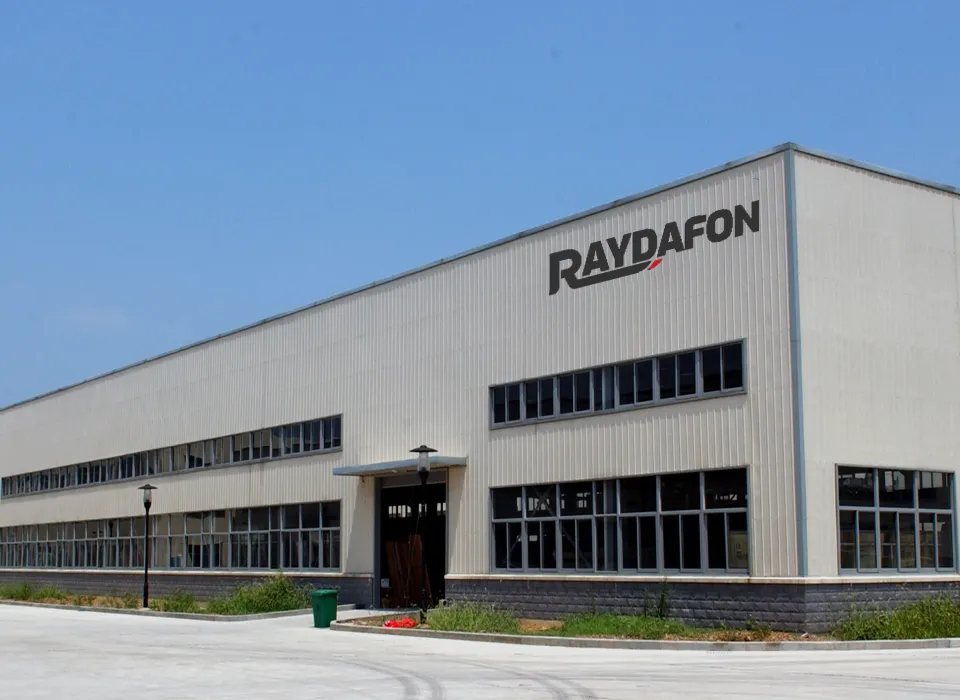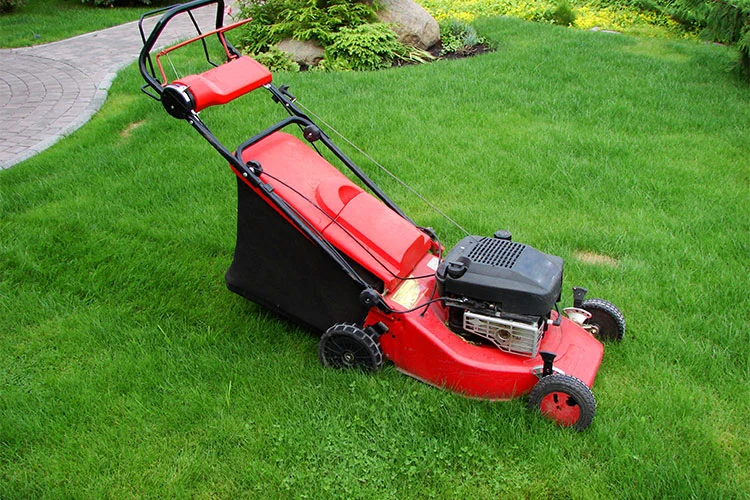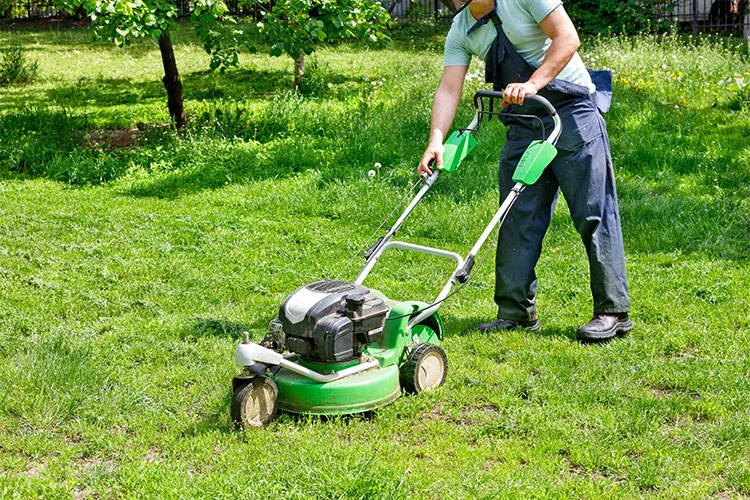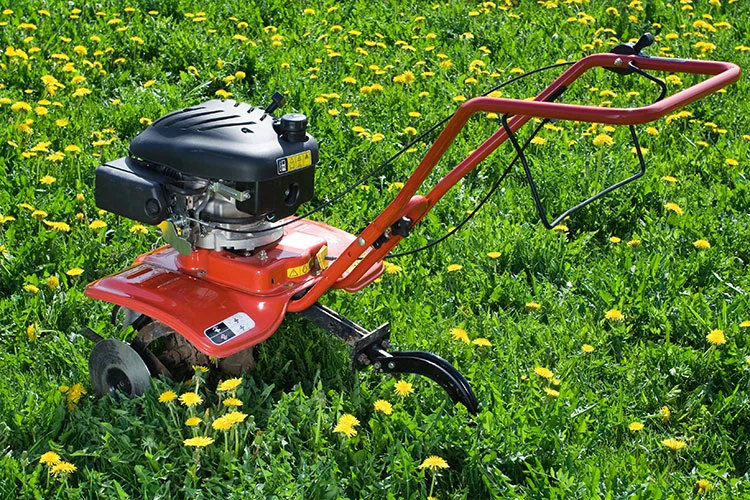What Are Motors?
A motor is an electro-mechanical device that converts electrical energy into mechanical energy, producing motion. Motors are fundamental components in countless applications, from industrial machinery and HVAC systems to household appliances and electric vehicles. They are designed in various types and configurations to meet specific performance requirements, making them versatile and essential in modern technology.
Types of Motors
Motors can be categorized based on their power source, design, and application. Here are the common types:
- AC Motors: Operate on alternating current, ideal for constant speed applications.
- DC Motors: Run on direct current, offering precise speed control and high starting torque.
- Brushless DC Motors: Provide higher efficiency and longer lifespan with electronic commutation.
- Stepper Motors: Deliver precise positioning in incremental steps, common in robotics.
- Servo Motors: Offer closed-loop control for accurate motion in automated systems.
Key Product Parameters
Understanding motor specifications is crucial for selecting the right model. Below is a detailed table of common parameters:
| Parameter |
Description |
Typical Range/Units |
| Voltage |
Operating electrical potential required for the motor. |
12V, 24V, 110V, 220V, etc. |
| Current |
Amount of electrical current drawn during operation. |
Amperes (A), e.g., 2A to 50A |
| Power |
Mechanical output power, indicating performance capacity. |
Watts (W) or Horsepower (HP), e.g., 100W to 10HP |
| Speed |
Rotational speed of the motor shaft. |
Revolutions Per Minute (RPM), e.g., 1000 RPM to 10000 RPM |
| Torque |
Rotational force produced by the motor. |
Newton-meters (Nm) or Inch-pounds (in-lb), e.g., 0.5 Nm to 200 Nm |
| Efficiency |
Ratio of mechanical output to electrical input, indicating energy usage. |
Percentage (%), e.g., 70% to 95% |
| Insulation Class |
Thermal tolerance of winding insulation. |
Class A (105°C), B (130°C), F (155°C), H (180°C) |
| Enclosure Type |
Protection level against environmental factors like dust and moisture. |
Open Drip-Proof (ODP), Totally Enclosed Fan Cooled (TEFC), etc. |
Applications of Motors
Motors are used across various industries due to their adaptability. Common applications include:
- Industrial: Conveyor systems, pumps, compressors, and machine tools.
- Automotive: Electric power steering, windshield wipers, and EV drivetrains.
- Consumer Electronics: Fans, disk drives, and power tools.
- HVAC: Blowers and compressors in heating and cooling systems.
- Robotics: Actuators for precise movement and control.
FAQs About Motors
What is the difference between AC and DC motors?
AC motors run on alternating current and are typically used for applications requiring constant speed, such as in industrial fans or compressors. They are simpler in design and often more durable. DC motors operate on direct current and offer better speed control and higher starting torque, making them suitable for variable speed applications like electric vehicles or robotics. The main distinction lies in the power source and control mechanisms.
How do I choose the right motor for my application?
Selecting the appropriate motor depends on several factors: required torque and speed, power source availability (AC or DC), environmental conditions (e.g., temperature, moisture), and efficiency needs. Start by determining the load characteristics and operational demands, then refer to the motor's specifications, such as voltage, current, and enclosure type. Consulting technical datasheets and possibly an engineer can ensure optimal performance and longevity.
What maintenance do motors require?
Regular maintenance is essential to prolong motor life. This includes periodic inspection for wear and tear, lubrication of bearings (if applicable), checking electrical connections for corrosion, and ensuring proper ventilation to prevent overheating. For brush-type motors, replace brushes when worn. Always follow the manufacturer's guidelines and schedule routine servicing to avoid unexpected failures.
Can motors be used in hazardous environments?
Yes, specially designed motors with explosion-proof or intrinsically safe enclosures are available for hazardous environments, such as those with flammable gases or dust. These motors meet standards like ATEX or UL certifications, incorporating features to prevent ignition. It is critical to select motors rated for the specific hazardous classification of your application to ensure safety and compliance.
What are the advantages of brushless DC motors over brushed types?
Brushless DC motors offer higher efficiency, longer lifespan, and reduced maintenance compared to brushed DC motors. They eliminate the physical brushes and commutator, reducing friction and wear, which leads to quieter operation and better reliability. Additionally, they provide superior speed control and are ideal for applications requiring precise motion, such as in drones or computer cooling fans.
How does motor efficiency impact energy costs?
Motor efficiency directly affects energy consumption; a higher efficiency motor converts more electrical input into mechanical output, reducing wasted energy as heat. This can lead to significant cost savings over time, especially in continuous operation scenarios. For example, upgrading from a standard efficiency motor to a high-efficiency model can reduce electricity bills by 5-10%, making it a cost-effective investment in the long run.
What is torque in a motor, and why is it important?
Torque is the rotational force produced by a motor, measured in units like Newton-meters. It determines the motor's ability to perform work, such as lifting a load or driving a mechanism. High torque is crucial for applications with high starting demands or variable loads, like in elevators or industrial mixers. Insufficient torque can cause motor stalling or failure, so matching torque requirements to the application is vital.
Are there motors designed for high-temperature environments?
Yes, motors with high-temperature ratings, such as those with Class F or H insulation, are built to operate in elevated temperatures up to 180°C. These motors use heat-resistant materials and cooling systems to maintain performance. They are commonly used in applications like ovens, industrial dryers, or automotive engines where heat generation is inherent.
What does IP rating mean for motor enclosures?
IP (Ingress Protection) rating indicates the level of protection a motor enclosure provides against solid objects (like dust) and liquids. For example, IP54 means protection against dust ingress and water splashes, while IP67 offers dust-tight and temporary immersion resistance. Choosing the right IP rating ensures the motor operates reliably in specific environments, such as outdoors or in wet conditions.
Can motors be customized for specific needs?
Absolutely, many manufacturers offer customization options for motors, including variations in voltage, speed, torque, shaft size, and enclosure type. Custom motors can be tailored for unique applications, such as medical devices or aerospace equipment, by adjusting materials, coatings, or internal components. Working directly with suppliers allows for bespoke solutions that meet exact performance and dimensional requirements.

